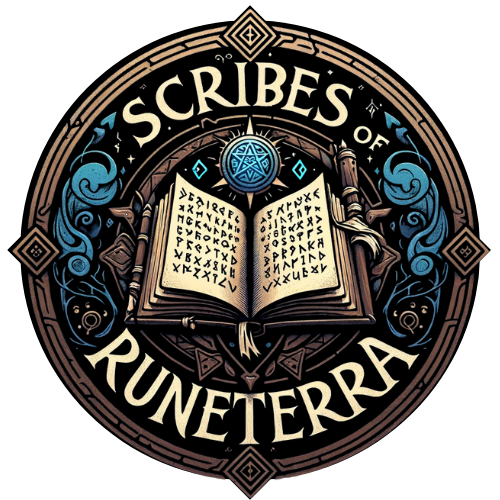How to See Match History in CS2?

Dominating the competitive landscape of CS2 requires constant growth and refinement. Whether you’re a seasoned veteran racking up wins or a newcomer honing your skills, understanding your match history unlocks a treasure trove of insights.
This comprehensive guide delves into the details of match history in CS2, exploring how to access it, analyze the data, and ultimately, transform it into actionable steps for becoming a top-tier player. We’ll discuss two ways to access your match history, one is through in-game match history and the other via third-party websites and applications.
So without further delay, let us get right into it.
Table of Contents
Why Match History Matters
Before diving into the mechanics of accessing match history, let’s establish its significance. Your match history serves as a detailed record of your past battles, capturing information like maps played, opponents faced, and individual performance statistics. By regularly revisiting this record, you can:
- Identify Patterns: Analyze recurring trends in your gameplay. Are there specific situations where you consistently excel or struggle?
- Track Progress: Witness your improvement journey firsthand. Did your win rate climb over time? Has your average kill count increased?
- Pinpoint Weaknesses: Uncover areas that require extra focus. Is your map awareness lacking on a specific map pool? Does your spray control need work on certain weapons?
Match history empowers you to become a self-aware player, constantly striving for improvement.
Accessing Match History
There are two primary avenues for accessing your CS2 match history:
1. In-Game Client

- Launch CS2 on your PC.
- Locate the “watch matches and tournaments” button in the top-left corner (right next to the home button).
- Clicking on it will displace your recent ranked matches and the ability to download them.
- You’ll usually see a list of your most recent games, including details like the date, map played, and the match overview with the statistics.
Note: Currently, you can only see match history of your ranked games and not other game modes like casual or TDM. Sometimes you may find even your ranked games unavailable. This means the servers are a bit overloaded and need some time before your recent games get available to check. In cases like this, third-party platforms get their time to shine.
2. Third-Party Platforms

While the in-game client offers a convenient starting point, venturing beyond its walls unlocks even greater analytical power. Numerous third-party websites and applications specialize in CS2 statistics and analytics, providing a wealth of features for dissecting your gameplay:
- CS2 Stats Websites: A web search for “CS2 match history” will lead you to dedicated platforms brimming with detailed match history tracking features. Some good examples would be csstats.gg and Blitz.gg.
- Game Tracking Apps: Desktop applications can be downloaded to sync with your CS2 account, offering real-time updates on your match history and performance metrics. Sites like tracker.gg offer these kinds of desktop applications.
These platforms often go beyond basic statistics, offering features like:
- Heatmaps: Visualize your movement patterns on maps, identifying areas where you might be overexposed or underexplored.
- Weapon Performance Analysis: Gain insights into your weapon usage effectiveness. Are you maximizing the potential of your preferred weapons?
- Comparative Stats: Compare your performance against friends or the broader CS2 player base.
Analyzing Match History

With your match history readily available, it’s a good practice to analyze your performance in matches you have played. Here are some key metrics to pay close attention to:
- Win/Loss Ratio: This basic metric provides a quick snapshot of your overall performance. Aiming for a positive win/loss ratio indicates consistent success in competitive matches.
- Individual Statistics: Delve deeper into individual stats like kill/death ratio, damage dealt, and objective captures. These metrics reveal your strengths and weaknesses in key areas of gameplay.
- Map Performance: Analyze your performance on specific maps. Do you consistently dominate on Dust II, or do you struggle to navigate the intricate pathways of Inferno?
- Trends Over Time: Track your performance trends across a span of matches. Identify areas where you’ve shown marked improvement and areas that might require continued focus.
By analyzing these metrics, you gain a comprehensive understanding of your gameplay strengths and weaknesses, forming a solid foundation for improvement.
Adapt and Improvise
Now that you’ve unlocked the secrets of your match history, it’s time to leverage this knowledge for real progress:
- Identify Areas for Improvement: Utilize the data to pinpoint specific aspects of your gameplay that require refinement. This could involve practicing recoil control on specific weapons, improving your grenade throwing technique, or enhancing your map awareness.
- Set Specific Goals: Based on your analysis, establish clear and attainable goals to propel your improvement journey. These goals might involve achieving a specific win rate, improving your average kill count on a particular map, or mastering a specific grenade throw.
Related: How to Get The Riot Shield in CS2?
Conclusion
Accessing match history in CS2 is a valuable tool for players looking to track their performance, identify areas for improvement, and ultimately become better gamers. Whether you’re using the game client itself or third-party platforms, regularly reviewing your match history data can provide valuable insights into your gameplay trends and help you achieve your gaming goals.
